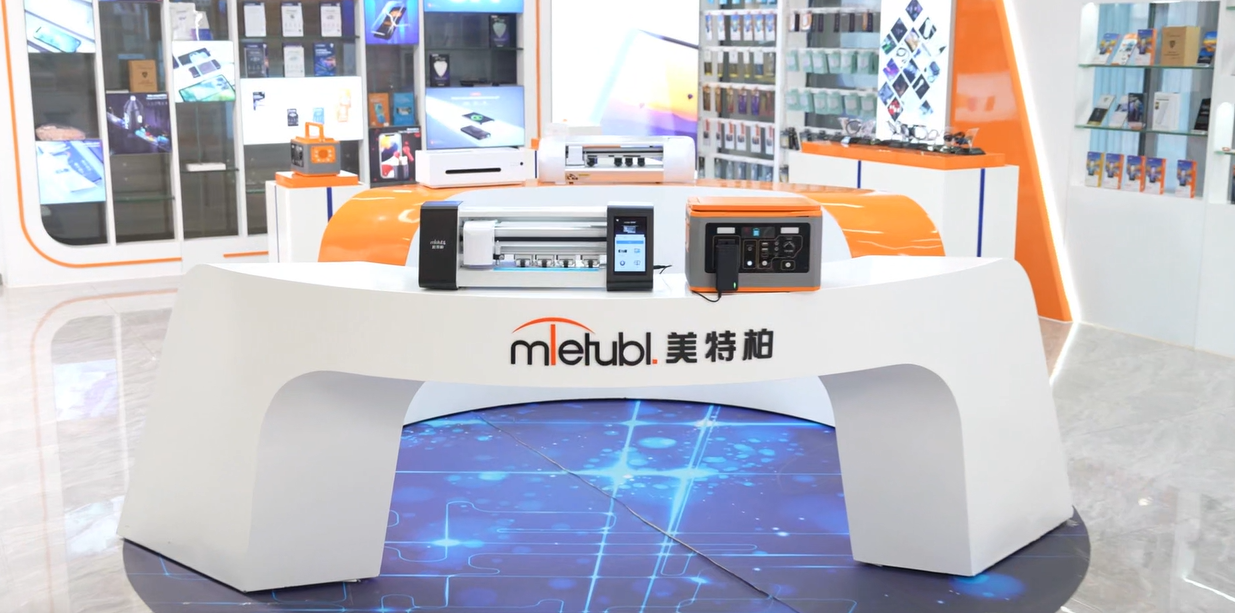
MIETUBL Brand Overview
MIETUBL is a brand originating from China and thriving through China’s intelligent manufacturing. It is committed to providing high-quality mobile accessories and related products to global consumers. Since its inception in 1998, the brand has followed the trends of the times, focusing on resource integration and building a symbiotic and shared industry ecosystem, enabling global consumers to conveniently access quality products that enhance their lives.
By continuously innovating and diversifying its product offerings, MIETUBL has achieved significant success in the mobile accessory industry. As a brand driven by customer value and innovation, MIETUBL has expanded into various product applications while accumulating rich industry experience and establishing a stable customer base. Headquartered in Zengcheng, Guangzhou, the company has strategically positioned itself within the mobile accessory industry, integrating high-quality production resources and aiming for a win-win business model.
Core Values and Development Vision:
-
Customer-Centric: MIETUBL always prioritizes customer needs, continually enhancing product quality and consumer experience through innovation and technological research and development.
-
Resource Integration and Industry Symbiosis: By integrating industry resources, MIETUBL creates a symbiotic, shared industry ecosystem, connecting global distributors and consumers, and promoting mutual growth across the value chain.
-
Global Vision: MIETUBL is committed to bringing Chinese manufacturing to the world, providing global consumers with high-quality, innovative mobile accessories, while offering profitable opportunities for distributors.
MIETUBL’s long-term vision is to continually enhance its products through innovation and quality, establishing “MIETUBL” as a globally trusted brand, recognized in markets around the world.
PRODUCTS
What’s the Difference Between 9H and Other Tempered Glass Ratings?
Understanding the Mohs Hardness Scale
The "H" in 9H refers to the Mohs Hardness Scale, a geological scale that measures a mineral's resistance to scratching. This scale ranges from 1 (talc, easily scratched) to 10 (diamond, virtually scratch-proof). It's important to understand that this is a *relative* scale, not a linear one. The difference in hardness between a 9 and a 10 is far greater than the difference between a 1 and a 2. Each increment represents a significant increase in scratch resistance.
Tempered glass screen protectors are often rated on this scale. A higher number indicates greater resistance to scratches from everyday items like keys, coins, and sand. While a 9H rating is a common benchmark, you might see protectors with lower ratings like 8H or even 7H.
What Does a 9H Rating Mean?
A 9H rating signifies a very high level of scratch resistance. This means the glass is exceptionally difficult to scratch with common materials. It can withstand the abrasions of daily use more effectively than lower-rated protectors. While not completely scratch-proof (nothing short of diamond is), a 9H rating provides a significant level of protection against minor scratches that can mar the appearance of your screen.
It’s crucial to remember that even a 9H rated screen protector isn't impervious to damage. A forceful impact from a sharp object or a significant drop can still cause cracks or shattering. The 9H rating specifically focuses on scratch resistance, not impact resistance.
Comparing 9H to Lower Ratings (e.g., 8H, 7H)
While the difference between 8H and 9H might seem minimal on paper, it translates to a noticeable difference in real-world performance. A 9H protector is generally more resistant to scratches from everyday use. The jump from 7H to 8H or 8H to 9H signifies a progressively stronger resistance to scratching, although the increments on the Mohs scale are not linear. Therefore, a 9H protector is likely to show fewer scratches over time compared to an 8H or 7H protector under the same conditions.
Lower-rated protectors might still offer reasonable protection, but they are more susceptible to accumulating minor scratches that can detract from the screen's clarity and aesthetics. These minor scratches accumulate over time, and a higher rating will offer longer lasting protection from these everyday abrasions.
Factors Beyond the Hardness Rating
While the 9H rating is a key indicator of scratch resistance, it's not the only factor to consider when choosing a screen protector. Other important aspects include:
Impact Resistance: A high hardness rating doesn’t guarantee high impact resistance. Some tempered glass protectors are designed to absorb shocks better than others. Look for protectors that advertise impact resistance or have undergone drop tests.
Oleophobic Coating: This coating repels fingerprints and oils, keeping your screen cleaner for longer. The quality of the oleophobic coating can vary significantly between different protectors.
Clarity and Sensitivity: A good screen protector should maintain the clarity and responsiveness of your touchscreen. Look for reviews that comment on these factors.
In conclusion, a 9H rating on a tempered glass screen protector signifies a high level of scratch resistance, superior to lower ratings like 8H or 7H. However, it's essential to consider other factors beyond the hardness rating to find the best screen protector for your needs. Carefully evaluate impact resistance, oleophobic coating, clarity, and touch sensitivity before making your purchase.
SUBSCRIBE
INQUIRY
